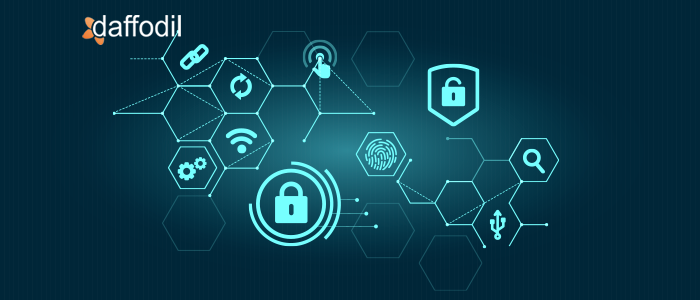
To protect something, identifying and understanding the threats to it is crucial.
Threat Modeling does just that.
Be it software, networks, applications, distributed systems – threat modeling can be used across technologies and products barring a few.
Although IT resources can be threat modeled during any stage of development or process, it’s always better to introduce it at an early stage.
What is Threat Modeling?
Threat Modeling is a process through which you can identify security threats and chinks in the IT products, analyze how to eliminate or reduce the damage.
The threat model is a structured and systematic approach towards the security and protection of your IT assets. Anyone working with threat modeling needs to understand the entire procedure and the steps involved in identifying the kind of attacks to be averted.
What does a Threat Model include?
Threat Model will most certainly include the design structure of the problem you want to avert and a list of current problems/threats as well as the ones that can emerge in the future. It also comprises the respective actions to be taken in case of a possible threat and a process that verifies the necessary step/action has been taken to tackle the said threat or problem.
Also Read: CNN vs. RNN: What's the Difference?
How can Threat Model help in developing a secure system?
So, why do you need threat modeling?
Threat modeling should be included in the Software Development Life Cycle (SDLC) which can help in building a not only much more secure design and tracking potential threats but also promotes the efficient and appropriate deployment of resources.
With threat modeling, you can better define and implement the requisite controls while bringing security and the development process much closer and work in sync leading to a deeper understanding of the system. Threat modeling also ensures that your business goals are shielded from potential attacks helping in risk aversion.
When should you consider a threat model?
Primarily when a system goes through changes, of course, you need to threat model it. You need to assess the security impact of the modified system. Threat modeling is intuitive enough to understand what it is that you are working on. When provided with the correct inputs, you can easily handle security debt.
If there are no new changes or new introductions to the existing system, then, of course, you can’t provide any new inputs. This leads to a change in the potential threats as well. This also calls for a thorough check on what can go wrong as there are no new inclusions.
Threat modeling frameworks
Here are the best and most popular threat modeling methodologies that you need to know about:
STRIDE: Built back in the 90s by Microsoft, STRIDE includes six areas of threats such as Spoofing, Tampering, Repudiation, Information Disclosure, Denial of service, Elevation of privilege.
DREAD: This was mainly developed post STRIDE and is used for ranking the threats after being identified. DREAD means Damage potential, Reproducibility, Exploitability, Affected users, Discoverability. These are the main questions that tell more about a possible threat.
PASTA: Process for Attack Simulation and Threat Analysis essentially aligns security with your business goals. The 7-step process includes defining objectives, technical scope, Application decomposition, threat, vulnerability, and risk analysis.
OCTAVE: This one is used for assessing organizational risks more than technological ones. It stands for Operationally Critical Threat, Asset, and Vulnerability Evaluation and includes three stages: asset-based threat profiling, identifying flaws in infrastructure, and building a security strategy.
Also Read: The Ultimate Guide to Infrastructure Optimization on Cloud
As can be seen above, threat modeling is crucial in developing secure systems. If you are considering reworking your security throughout the application development cycle, then our experts can help. Book a free consultation which will help you decide if you need an AI-backed application security platform that helps averts the most malicious threats.



